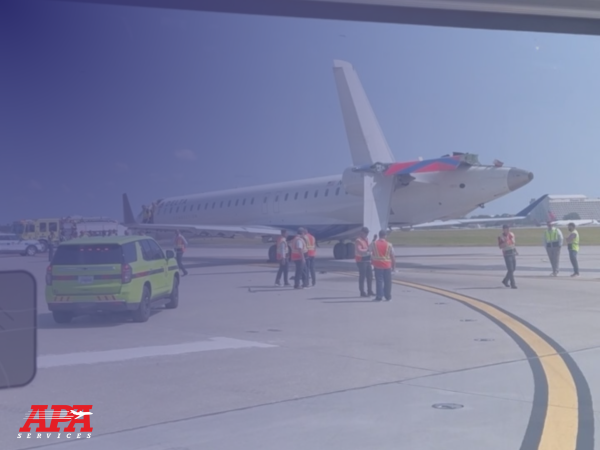The Certification and Training Requirements for Aviation Professionals

The aviation industry demands highly skilled professionals who meet strict safety and regulatory standards. Whether you’re an aspiring aircraft mechanic, pilot, or avionics technician, obtaining the right certifications and training is essential for career success. This guide outlines the key certification and training requirements for various aviation roles.
Aircraft Maintenance Technicians (AMTs) and Mechanics
Required Certifications:
FAA Airframe & Powerplant (A&P) Certification
– Required to inspect, repair, and maintain aircraft.
Inspection Authorization (IA) Certification
– For experienced mechanics who perform advanced inspections.
Training Requirements:
Completion of an FAA-approved aviation maintenance technician school (AMTS) or equivalent on-the-job experience (typically 30 months).
Continued education to stay updated on industry regulations and new aircraft technology.
Avionics Technicians
Required Certifications:
Federal Communications Commission (FCC) General Radiotelephone Operator License (GROL)
– Required for working on aircraft communication systems.
Aircraft Electronics Technician (AET) Certification
– Offered by the National Center for Aerospace & Transportation Technologies (NCATT).
Training Requirements:
Technical training in aircraft electrical systems, software, and troubleshooting.
Hands-on experience with aviation electronics and diagnostic tools.
Pilots
Required Certifications:
Private Pilot License (PPL)
– The first step for aspiring pilots.
Commercial Pilot License (CPL)
– Required for those who want to fly professionally.
Airline Transport Pilot (ATP) Certification
– Required to become a captain for commercial airlines.
Type Ratings
– Additional certification for flying specific aircraft models.
Training Requirements:
Completion of flight school and FAA-mandated flight hours (e.g., 1,500 hours for ATP certification).
Simulator training and proficiency checks for commercial pilots.
Aerospace Engineers
Required Certifications:
While no specific FAA certification is required, aerospace engineers often obtain:
Professional Engineer (PE) License
for career advancement.
Certifications in software tools
like CATIA or MATLAB for aircraft design.
Training Requirements:
Bachelor’s degree in aerospace engineering or a related field.
Experience in aircraft design, aerodynamics, and structural analysis.
Air Traffic Controllers
Required Certifications:
FAA Air Traffic Collegiate Training Initiative (AT-CTI) Program
completion.
FAA Academy Training
and certification exams.
Training Requirements:
On-the-job training at an air traffic control facility.
Ongoing skill assessments and proficiency evaluations.
Aviation professionals must meet rigorous certification and training requirements to ensure safety and efficiency in the industry. Whether you’re starting your career or advancing in your field, obtaining the right credentials is key to long-term success.
Looking for aviation career opportunities? APA Services connects skilled professionals with top employers. Explore our job listings today!
